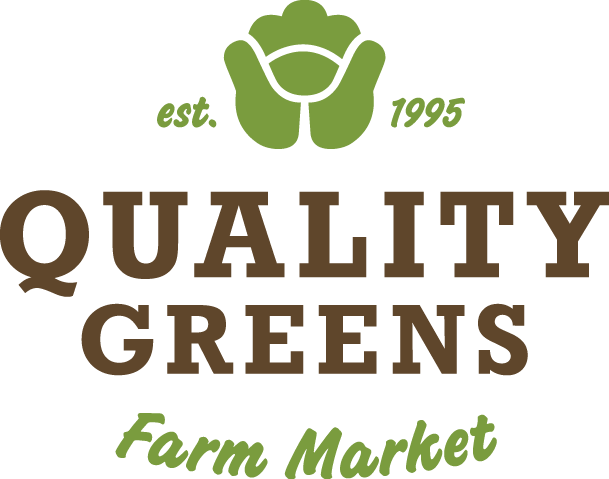
Proteins and Fats
March 6, 2019 by Lisa Aschenbrenner
Proteins and fats - oh my! This week we continue looking into the canada food guide and focus on the “How To” of eating. Last week, we looked at veggies and whole grains. This week it is proteins and fats on the hot seat.
In the world of nutrition, one big question is HOW. As in “How do we make 80% of our choices to be as optimal as we can?”. As well as, “How do we eat for health and not die of boredom in the process?”
A bit of planning and tuning into how we feel when we eat specific foods is helpful. Each of us is different, and even though some foods are the poster child for “healthy options”, that same food just may not be beneficial to everyone or allow one to feel their best. If a food you eat, even a healthy one, tends to cause you to not feel great, take a break from it for a while.
With proteins and fats, these are the harder to digest types of foods, so they may be a source of digestive upsets. Proteins are a very important part of your daily intake as it creates your structure every single day. It is used for repairs, neurotransmitters, hormones, co-enzymes, immune response, and this list goes on…
We can get a good amount of protein from animals sources (meat, dairy, eggs, fish), as well as nuts and seeds, and legumes. It is helpful to get protein from these different sources, as only some of those are complete proteins. Mix it up! The quality of protein is important. You can only get out of a food what it has been grown or raised to contain. Consuming good quality foods takes leaps towards health.
So, how do we eat without too much stress? Plan ahead. If you eat meat, make a plan to eat a variety of animal meats, but also using legume and nuts and seeds options as well. On days where your protein is beans - plan something like bean chilli. Add a cup of cooked quinoa and you’ve added 8 grams of protein to that meal, compared to 4 grams of protein for 1 cup of white or brown rice. More protein boosters - top salads and cooked veggie dishes with nuts and/or seeds. Also try tossing a teaspoon or 2 of chia or pumpkin or hemp seeds into your smoothie.
It is well known how important breakfast is. If you can plan breakfast to include a good source of protein, you may feel the benefits of energy and not find yourself hungry until lunch. Ideas for other breakfast options, not just eggs, may take some searching, but there are many recipes! Left over dinner for breakfast can be quick and easy. Avocado spread on toasted whole grain bread with hemp seeds sprinkled light on top is lovely. Protein can help to balance blood sugars and allow you to feel satiated and not hungry for longer periods of time. That is something the more refined cereals and breads can’t do.
Where do you get stuck? Do you feel you have all the info you need, it is just a matter of making it happen? That can be the case. Often though, it is not being sure what is right for you. Maybe it’s finding some food changes that just feel right and fit into your schedule. If you know your energy and how you feel is not 100%, if no changes are made, nothing changes. Start trying new options.
If you are looking for less grain, I really like Against All Grain. If looking for no dairy or animal products for some of your meal options, then Oh She Glows is awesome. I am not vegetarian/vegan, but it is so great to have amazing dairy free and simple recipes using different sources of protein.
Next…. is on to fat… However, I am out of room, and fat is possibly a much bigger topic - let’s save that one for next week!
Have a great week!
Lisa.
